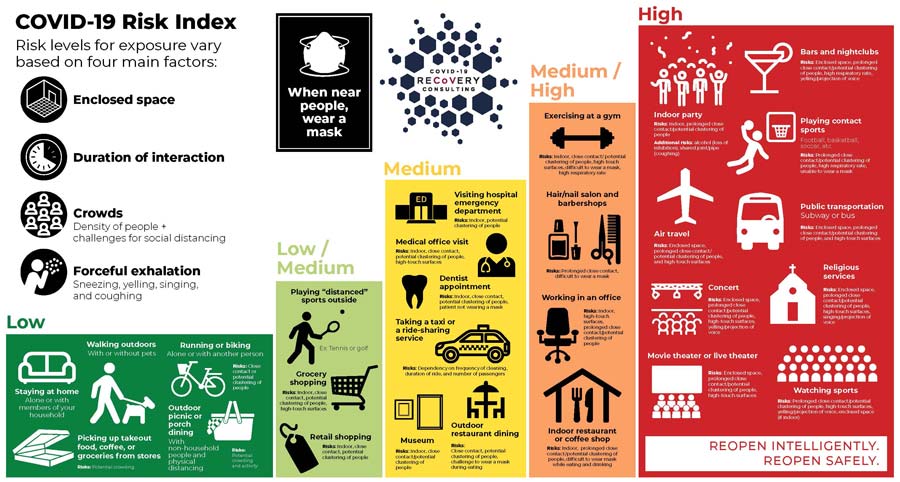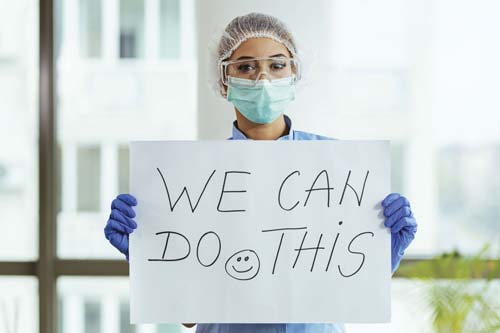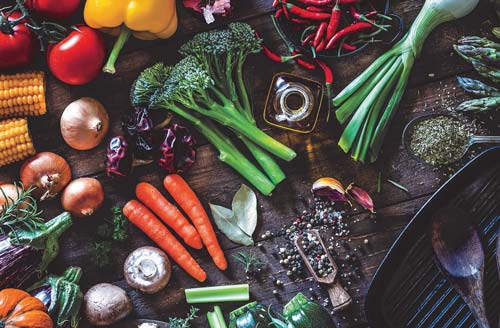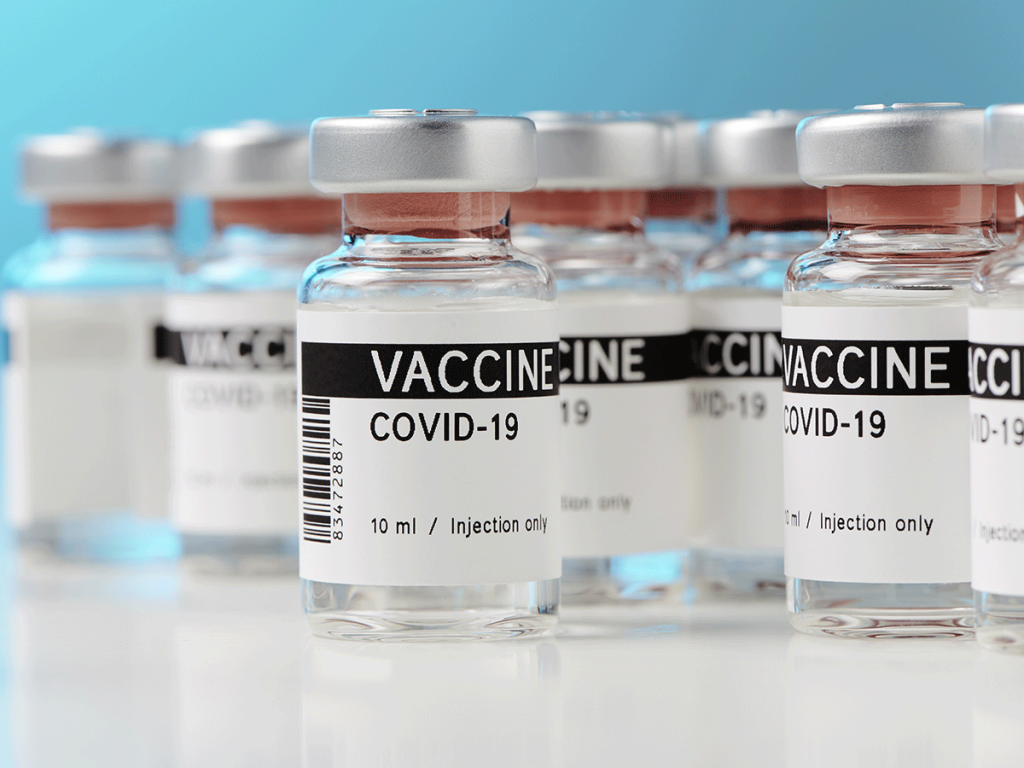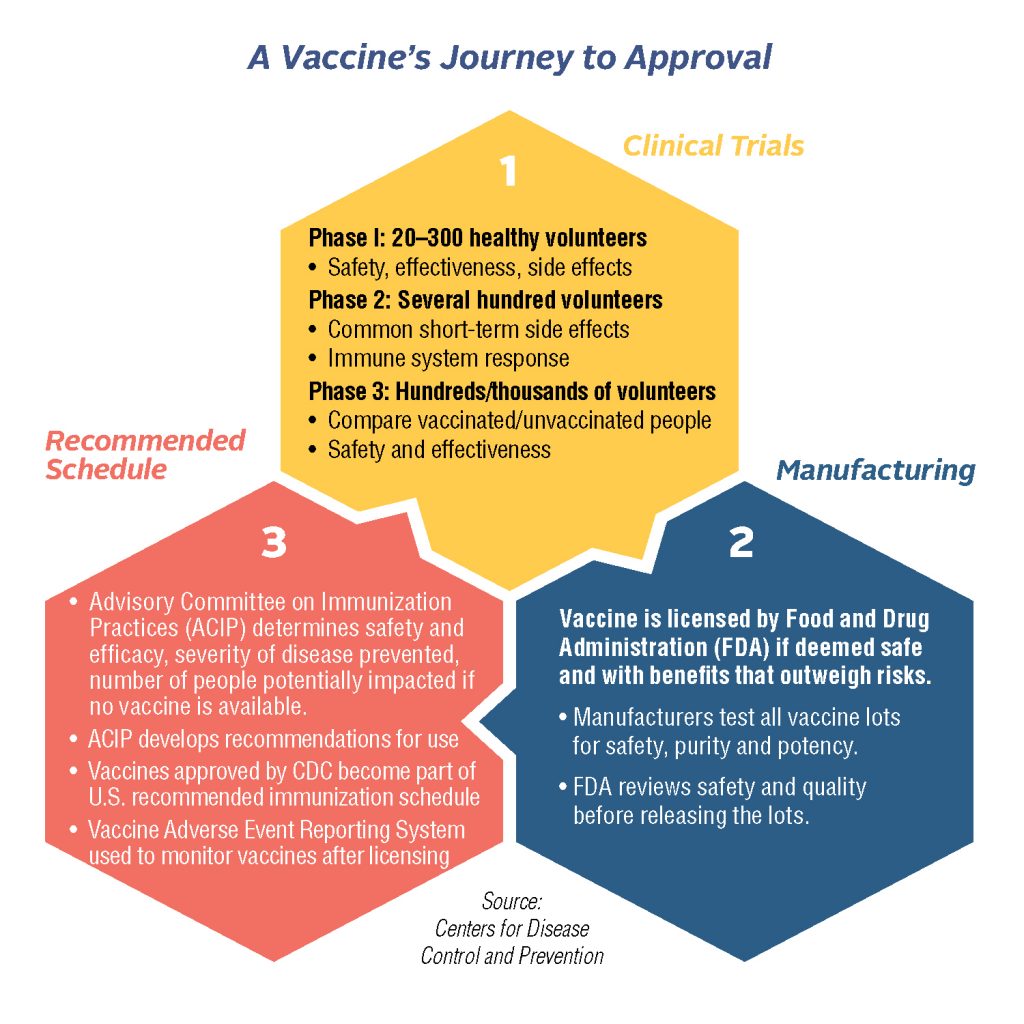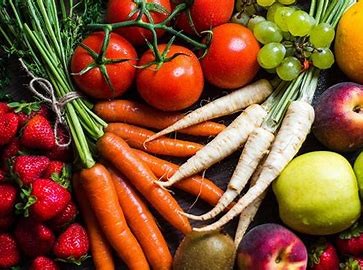Start 2021 off Right by Sticking to your Winter Exercise Plan

A Winter Workout Routine Will Prepare You For Life After COVID
Exercise will reduce pain, improve function and mobility, lower blood pressure and blood sugar, decrease risk of chronic illness and death from heart disease and many forms of cancer, enhance mood and focus, and may even help reduce your risk of contracting COVID-19.
Despite those compelling benefits, only 5% of us stick to an exercise regimen. With months of staying close to home base ahead, we asked national exercise expert Dr. Josh D’Angelo, PT, of MovementX to help us beat the odds and emerge from our winter cocoons fitter, stronger and more limber than before.
“Recent research has shown that even a little bit of exercise and movement is beneficial in improving your movement, health and life,” says Dr. D’Angelo. “We start with a focus on functional strength training exercises because it provides the best protection against future injury and helps with everything from mobility to balance. To maximize your gains, we encourage supplementing with 15-20 minutes of aerobic exercise, such as walking briskly, riding a stationary bike, dancing … or anything that gets you moving and you enjoy! And remember, every little bit of movement helps.”
Following are some ways to get started, from MovementX’s “AgeProof Your Body” program:
Work toward repeating three complete sets of these fundamental exercises: squats, pushups and abdominal strengthening for your core. Start with 5-8 repetitions each, and build weekly. Rest, repeat.
- Squats. Focusing on lower body and core strength, this is one of the most functional activities and will also get your heart rate going. Proper mechanics are important.

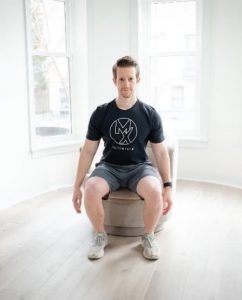
-
- Stand up straight, feet shoulder width apart.
- Slowly bend knees and drop your hips backward to sit in chair. Rise and repeat.
- Pro Tip: Push energy down in your heels and into the midfoot – you should be able to wiggle your toes, and you should not feel discomfort in your knees or back.
- Advanced: Add load (dumbbells or household objects) or vary your speed as your strength and endurance improve. Adding repetitions can also increase the challenge
- Pushups. These are challenging, but start with this beginner position and perform 5-8 repetitions until you can advance to a lower position and more reps.


-
- Start by standing 18-24 inches away from a wall. Extend your arms and place your hands on the wall, shoulder width apart. Lean toward the wall, keeping your arms straight
- Bend your elbows, allowing your body to come closer to the wall – let your chest lead, and keep your body straight.
- Push away. You should feel this in your chest, shoulders and core.
- Advanced: How low can you go? As you progress with the wall pushup, start with your feet farther away from the wall. Even lower? Position your hands on a sturdy chair for a lower incline. Lower? Go to the floor on your mat, starting with your knees set on the floor. The lowest is going for the full pushup position with only your hands and toes touching the floor.

- Abdominals Series. Core strength is key to developing functional fitness that helps prevent injuries, reduce back pain and make your daily activities easier to accomplish.


- Setup: Lie on your back with knees bent, feet on floor, and arms by your sides. Your lower back should not be arched at all during this exercise; push it down into the floor to tighten abs.
- Slowly bring knees up toward your chest as you bend your elbows to let your hands meet your knees (at the edge of the thigh).
- Push your hands into your thigh just where it meets your knee, pressing your hands up and toward the ceiling. Continue to do this for 20 seconds. Make sure to breathe! Work your way up to holding for 30 seconds.
The post Start 2021 off Right by Sticking to your Winter Exercise Plan appeared first on Specialdocs Consultants.

